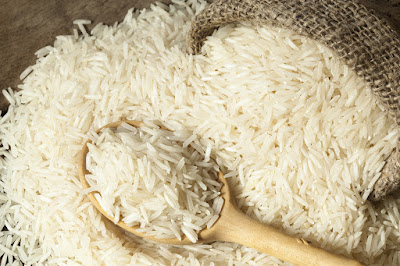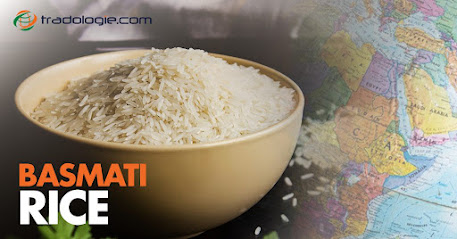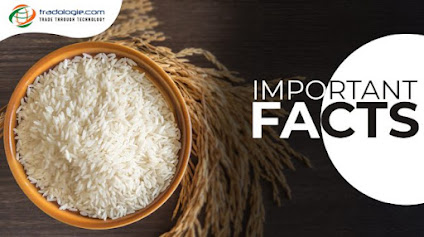Indian Basmati Rice production and export from India to Bahrain

Scenario for Indian basmati rice exports looks rosy for 2022-23 fiscal. This will be continuance of trend shown in the fiscal 2021-22, when growth of rice exports from India was quite robust and 20 million tons of grains was shipped from Indian shores. Normal monsoon will impact kharif rice production positively and surplus in rice production will give a fillip to rice exports including basmati and non basmati rice. India has been largest rice exporter continuously for a decade now and destination of lion’s share of rice exported from India is Middle East. UAE and Saudi Arabia are big importers of Indian basmati rice and Bahrain in the neighborhood also prefers Indian basmati rice. Some rumors were floating in the air that India would ban Basmati rice exports after banning and restricting wheat and sugar exports respectively, but such misgivings were proved to be unfounded. Great monsoon will result in great production of kharif crops this season and as 80% of rice is cultivated in




